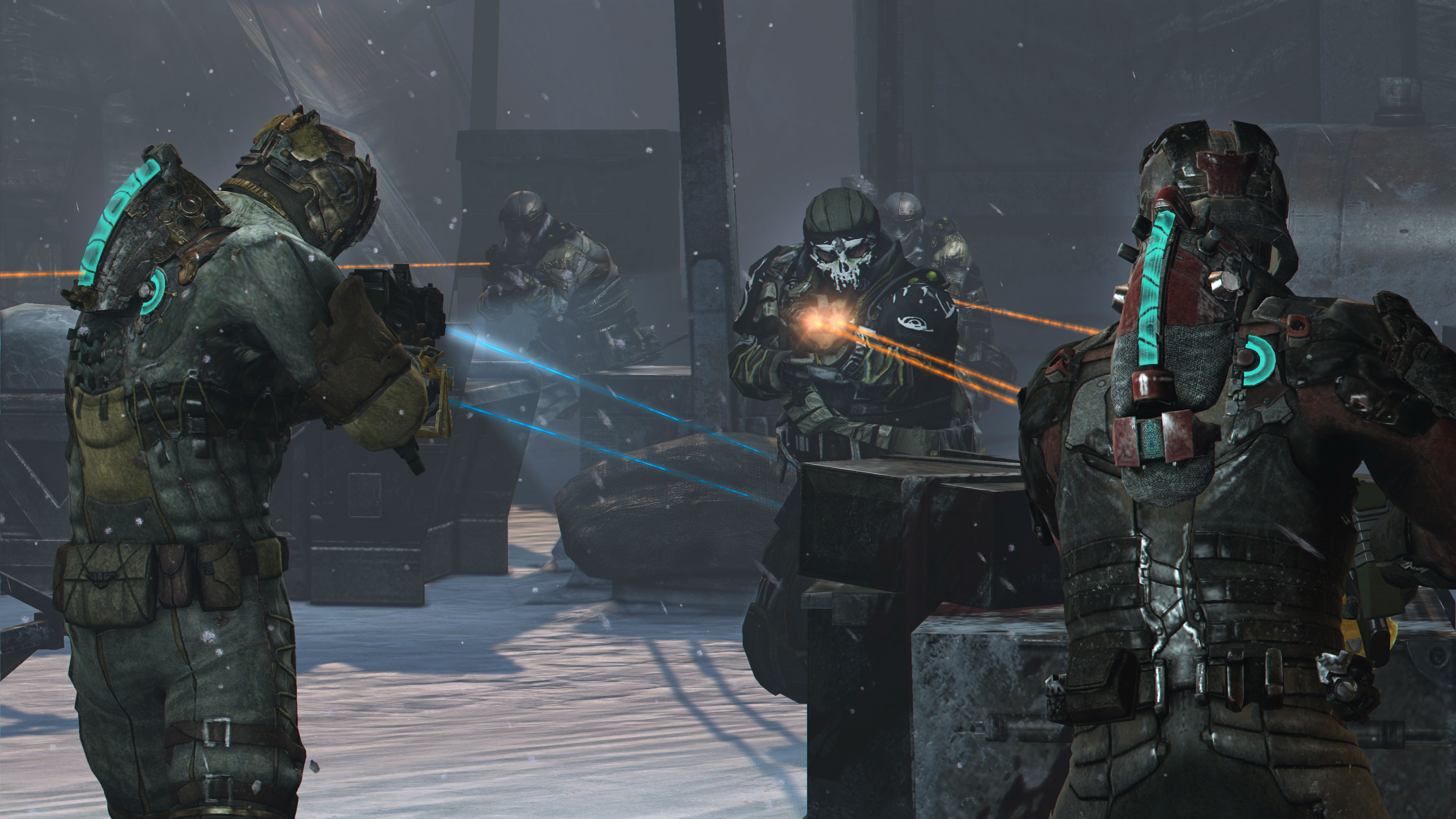
Horror games used to be slow. The protagonist would slink along, in a digital representaion of what your stomach felt like. They were like this as much by design as they were because of their technological limitations. But with new technology, those slinking games of yesteryear are making way for a new era of action-horror games. Part of this is the clear success of action franchises and the desire of AAA publishers to play it safe, so Xav de Matos at Joystiq says its up to indies to pick up the slack:
In this generation, even as late as 2008, a game like Dead Space offered slow and methodical gameplay that used fantastic sound design to scare players senseless along with action moments. But as each iteration of Dead Space is released, we see the series abandon those tense moments for cheap “jump scares” and swarms of enemy attacks built to increase pressure. As technology gets better (and easier to work with), things tend to expand into “cool moments” and step further away from interesting ones.
This is where indie games come into focus. A terrifying game like Amnesia: The Dark Descent is built on tension and atmosphere. It’s not about surviving a battle, it’s abouthiding from encounters. Indie developers use technology to create gorgeous or scary locales, using the unknown to create a terrifying mystery. Compared to a game like Dead Space, Amnesia is almost neutered in the abilities it affords players. There are no epic battles to be had, replaced with uncertainty. It isn’t an action game with marquee moments it presents to players, but offers countless situations where a player’s reaction becomes a part of the experience.
If this paradigm shift means more games like Amnesia, it’s fine with me.